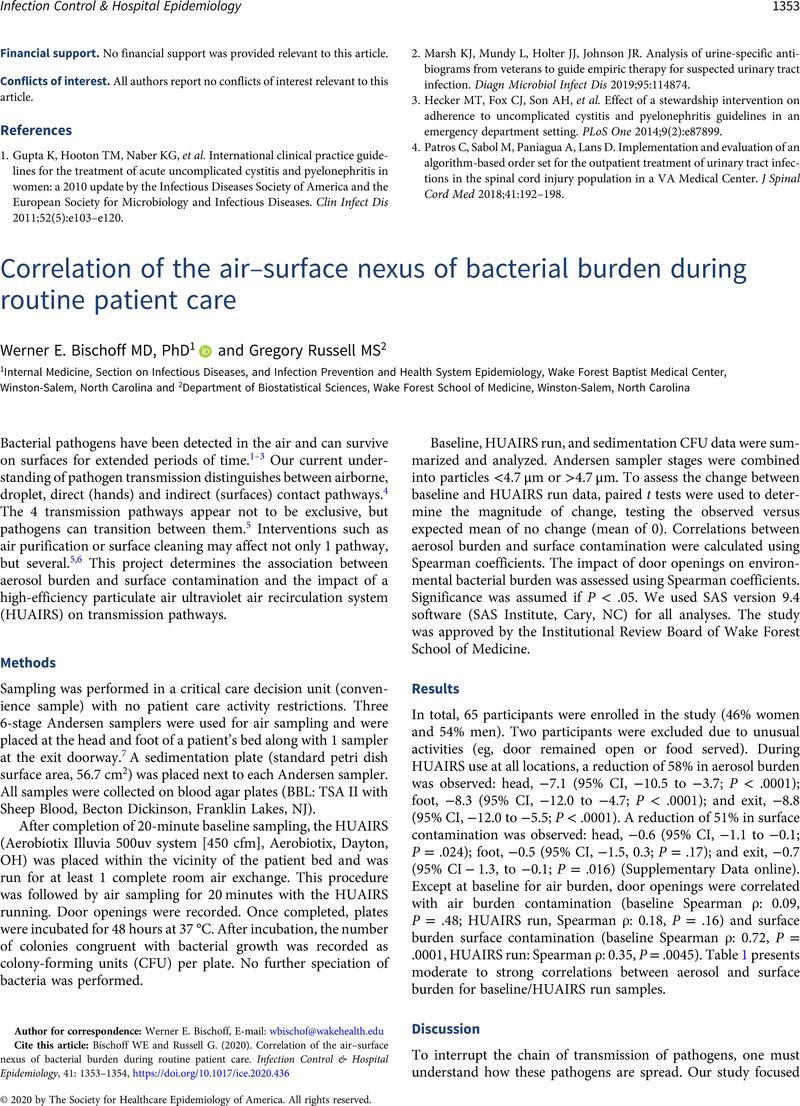Crossref Citations
This article has been cited by the following publications. This list is generated based on data provided by Crossref.
Carroll, Gregory T.
Dowling, Reed C.
Kirschman, David L.
Masthay, Mark B.
and
Mammana, Angela
2023.
Intrinsic fluorescence of UV-irradiated DNA.
Journal of Photochemistry and Photobiology A: Chemistry,
Vol. 437,
Issue. ,
p.
114484.
Dowling, Reed C.
Carroll, Gregory T.
Kirschman, David L.
Masthay, Mark B.
and
Mammana, Angela
2023.
Circular dichroism and UV–Vis detection of UV‐induced damage to nucleic acids.
Chirality,
Vol. 35,
Issue. 12,
p.
973.




